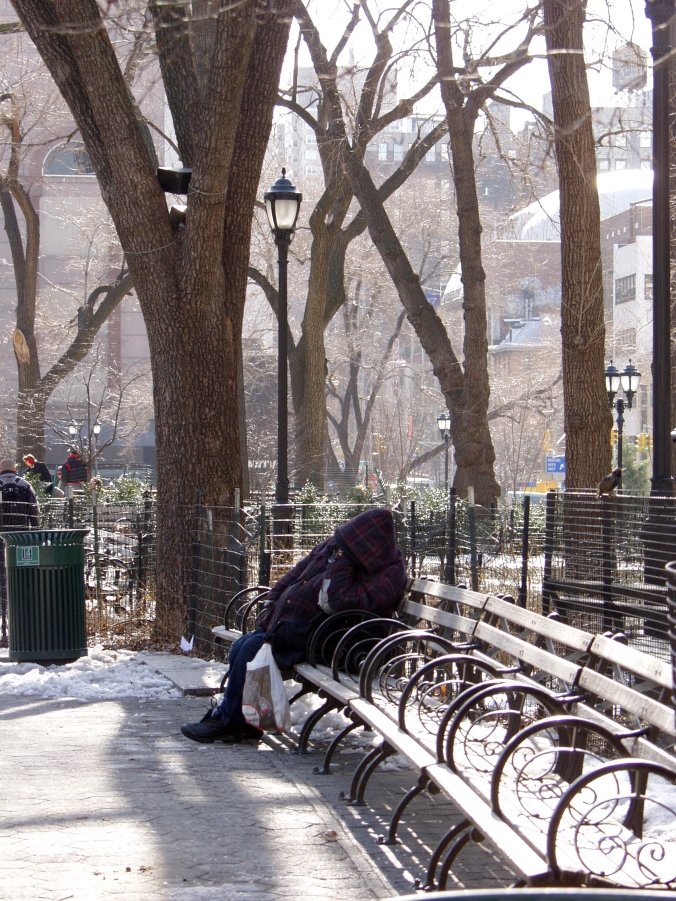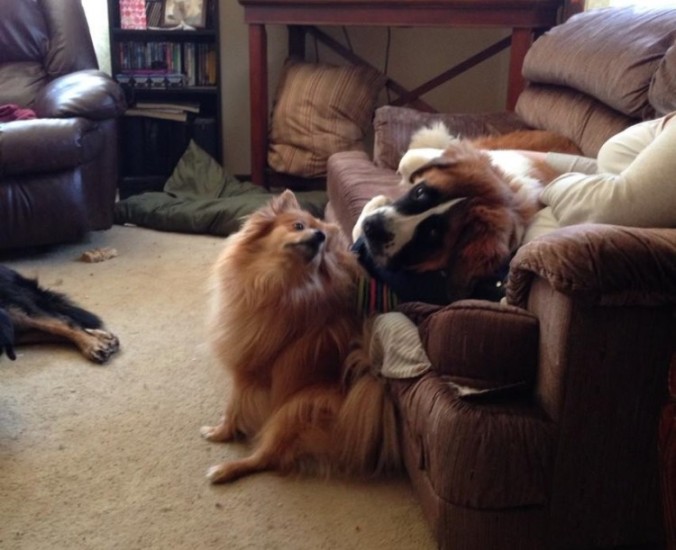The 1975 Moorgate Train Crash was a disaster to affect many lives and yet the impact is not immediately apparent until we, the tourist, realise we might have walked in the spectral shoes of someone they loved.
London’s arteries are ‘choked with story and life lines’ other than one’s own. Will Self-Feeding Frenzy.
With our nuclear family mobilised for a birthday trip to ‘The Great Smoke’ we boarded the 10.30 to London Paddington. It was also the first time I had made the journey since my father’s funeral three years ago. The train pulled away from the platform and I watched the city I have lived in for nearly thirty years rapidly disappear as the engine gathered momentum. For most of the journey the children remained quiet, engrossed in the comic books and grazing on grab-a-bag lunches purchased before we embarked. Through the headrest space I saw my granddaughter occupying the seat next to my son-in-law and, in the adjacent row, my grandson next to my daughter—a trick my father and mother employed to keep order within the ranks. Except this was not four decades past, this was now.
En route, the train pulled into Swindon. It’s just another landmark for most and the three minutes, spent surveying the station, were as brief as the moments of another transient life time travelling on a gear-clanking bus.
Reading station, arced with metallic sculptural shapes elevating from the platform, is much the same. Or, perhaps in its organic form, an avenue to exotic lands via Gatwick. For me it had been Africa.
And finally we arrived at our destination to find Paddington had shifted shape. Gone was the crazy, almost grubby, scramble for the Circle Line and in its place were great swathes of matt metal funnelling us down to The Underground. Yet in this change there was an even greater presence of absence as I purchased tickets and led the way. I had a distinct impression my legs belonged to my father—particularly so with Imperial College signposted directly ahead when we emerged at South Kensington and walked towards The Natural History Museum. And just briefly I saw the ghost of a small girl holding her father’s hand.
But London is like that, a huge vacuum of people unaware of walking in other people’s footfalls. Or, as Will Self writes in Feeding Frenzy, after a period of his own absence from the city, London’s arteries are ‘choked with story and lifelines’ other than one’s own. Yet my grandson could not have sensed these ephemera as he bounded enthusiastically towards the geological entrance of the museum. How could he? He’s just an eight year old boy with blank pages waiting to be filled and none of this was relevant to why we were here.

Natural Museum Geological Section Entrance
Despite it being an average escalator, a pseudo ride into the earths core can be quite unnerving as my often fearless grandson found out.
Admission to The Natural History Museum is free and there is a cloakroom to deposit bags and coats on arrival. On the same level is a wholesome and appetising café, well worth the £40 for a family of five. Our meals consisted of a choice of salad, toasted sandwiches; made freshly cut from the bread basket of the world, one cake and a drink from the chiller per person. I opted for lemon Pellegrino. We chose to eat after we had explored the geological section, by which time the children were beginning to wilt. It also meant our time in the wildlife section, pre-empted by the gentle squeaks of ‘I want to go to the hotel now.’ would have to be brief. And brief it was, with no time to stop and take in the grandeur of the black diplodocus skeleton as I had done with my father. As I passed it, walled by Japanese tourists; the tip of its whip thin tail was suspended high above me like a race-track into the past.
‘C’mon Grandma, keep up.’ My grandson urged as I plodded between exhibits and took photographs to document his time between high yellow, orange and red bricked walls topped with glorious vaulted ceilings. There is a certain irony that this building, which houses Romanesque and Renaissance architecture, was once described as one of the ugliest ever raised in London when an example of The New Brutalism abuts the approach to South Kensington tube station. Designed by Danish Architects, the Darwin Centre cost £78 million to build and cocoons entomological and zoological exhibits from Charles Darwin’s Beagle expedition. It structure, intended to reflect light, emphasise organic form and, conserve exhibits, is floored with Portland Stone.
Last on the agenda was, as most people do, a visit to the gift shop to buy rocks to add to my grandson’s embryonic collection. He seemed very pleased with his multi-strata agate geode.

Veins of dreams
Image Rights. Merchant Venturer
Following a good night’s rest, a Spring Sunday morning, on City Road, is a pleasant walk made poignant by the flower laden memorial, in Finsbury Park, to those who died in the 1975 Moorgate train crash. I remember this too. My father wasn’t on that train. Journalist Laurence Marks was less fortunate. His father’s body was eventually found in the second carriage twenty four hours after impact. In his article Thirty-five years after Britain’s worst Tube crash one victim’s son asks: Did a suicidal driver kill 42 innocent passengers? Marks debates whether driver Leslie Newson, described as a meticulous man, had committed suicide. After discounting all the medical evidence, engineering reports, witness statements, and driver error theory, Marks could only conclude that Motorman Newson ‘Just didn’t want to stop.’
It would take four days for Newson’s decomposed corpse to be extracted from the wreckage. Eddie Carrera, who claims to be the fire officer in charge of the rescue team and the first person to reach Newson after the impact, was swift to respond.
‘I can confirm that he had the throttle closed and in his right hand as if holding the dead man’s handle in the brake down position.’
The Department of Environment (D.O.E) report state a photograph shows evidence to the contrary.

Excerpt from The Department of Environment’s Report-1975 Moorgate Train Accident
Full D.O.E Report
Yet X-rays of Newson’s hands and forearms revealed injuries which suggest he had been gripping an ‘unyielding object in his left hand and his right palm had been resting on a large circular nob,’-the same shape the engine’s Master Controller. The Coroner was unable to determine whether minute clots, indicative of a stroke, were present in Newson’s brain due to temperatures of 38ºC at the crash site, and the length of time it took to retrieve his body. More relevant is that Carrera’s testimony is not recorded amongst the plethora of witness statements, many of whom state the train was travelling at power when it crossed the station ramps just before impact.
Memory in emergency situations can become unreliable; at best it is only able to retain shards seconds before impact. Afterwards emotions run high and it is not until the Inquiry Report is published do pertinent facts begin to reveal the truth. Despite a verdict of Accidental Death, no-one can say with certainty what really happened. There have been reports that documents relating to the Moorgate disaster will not become public knowledge until 2015.Until then, is it a fair assumption that Newson, as Carrera claims, made every effort to slow down the fated train, purported to be running half a minute late. If so, why did he not succeed if his intentions were not suicidal? Perhaps we will never know why.
Next year will be the fortieth anniversary, this much I was aware of as my daughter and I inspected the black granite memorial erected in 2103. It bought closure for some of the bereaved. Yet we had no time to reflect just how much we were surrounded by the lifelines of others while we waited on Moorgate’s platform —small children have a habit of becoming the major focus as tube trains arrive at speed and then depart like steel snakes down tunnels.

The Moorgate Memorial erected in Finsbury Park 39 years after the crash
Image Rights AECAV760
We arrived at Madame Tussauds and this too, spurred on by advances in technology, had changed in its ambience. Large screens blared loud in the foyer and noise seemed to dominate wherever we went. People jostled to have their photo taken with various waxwork celebrities and the temperature had us all peeling coats and cardigans. It was after all March and probably not the right time for air conditioning. Be warned if you have problems with small flights of steps and are carrying luggage, there are few ramps to ease one’s route to other areas like The Chamber of Horrors or The History of London—viewed via a fleet of mock black London cabs. The Planetarium is worth visiting if time allows. We did not. Our last port of call would be Hamleys in Regent Street and we left Tussuads after a spectacular, nerve jolting, 4D superheroes show.
Regent Street is vast, rich in architecture and the place to shop for all manner of things, but places to sit and enjoy refreshments are found down side streets. These eateries are boutique style, a far cry from the Lyons Tea Shops heady with the aroma of polished mahogany and hiss of steam-spouting urns, but no less pleasant for the weary. And as I sat with a pot of Assam to soothe I relished the peace found between high walls. A London Sunday midmorning in early March does have its advantages it seems, until an ear splitting security alarm sounds and you are ushered inside by an attentive, if red eyed, young waiter.
Soon it was time to rendezvous with my family and make the last trip on the Circle Line to Paddington for our journey home. And as the 15.05 to Weston-Super-Mare eased slowly away we were once again travelling backwards, back to the life of the present and not the absent, who I was sure was somewhere on the platform waving goodbye.
©Talia Hardy 2014.
Read more opinions about the Moorgate Disaster @Doug’s Dark Underworld. The comments make compelling reading.







